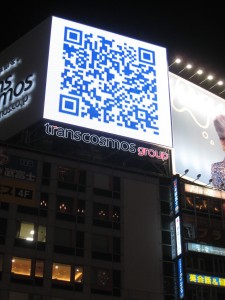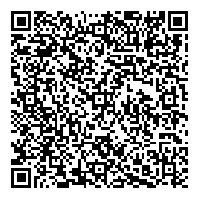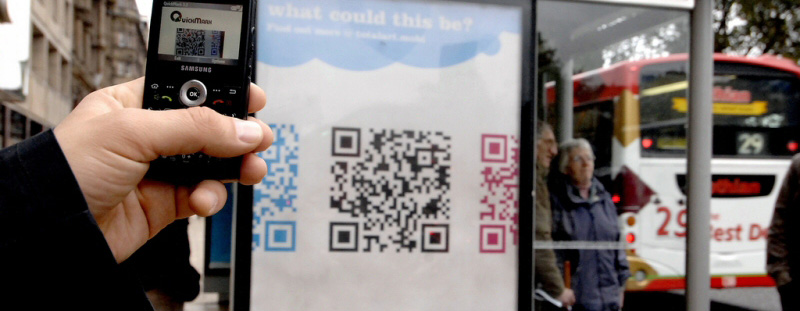
By Jim Jennings of Impulse Design & Source: Wikipedia
Your Friendly Neighborhood Geek
The Short Version:
A QR Code is a newer form of a bar code that is frequently used to pass information to a mobile device, generally they pass on website URL’s or info that would be hard or unpleasant to type from the average keypad used on most mobile devices. Typical uses include launching websites, logging into Wi-Fi hotspots in public places or finding online coupons with your smart phone or tablet (the uses are potentially infinite).
So why should you care? In a nutshell it will make your mobile usage easier, and who doesn’t like easier? Plus you can get discounts from online coupons, and saving money is Good™.
The Long Version:
History
The QR code system was invented in 1994 by Toyota’s subsidiary, Denso Wave. Its purpose was to track vehicles during manufacture; it was designed to allow high-speed component scanning. Although initially used for tracking parts in vehicle manufacturing, QR codes now are used in a much broader context, including both commercial tracking applications and convenience-oriented applications aimed at mobile phone users.
Uses
Originally designed for industrial uses, QR codes have become common in consumer advertising. Typically, a smartphone/tablet is used as a QR-code scanner, displaying the code and converting it to some useful form (such as a standard URL for a website, thereby obviating the need for a user to type it into a web browser). QR codes have become a focus in advertising, since it provides quick and effortless access to the advertiser’s website/information.
Although initially used to track parts in vehicle manufacturing, QR codes are now (as of 2012) used over a much wider range of applications, including commercial tracking, entertainment and transport ticketing, product and loyalty marketing (examples: mobile couponing where a company’s discounted and percent discount can be captured using a QR code decoder which is a mobile app, or storing a company’s information such as address and related information alongside its alpha-numeric text data as can be seen in Yellow Pages directory), and in-store product labeling. Users may add a vCard contact to their device, open a Uniform Resource Identifier (URI), or compose an e-mail or text message after scanning QR codes.

QR codes storing addresses and Uniform Resource Locators (URLs) may appear in magazines, on signs, on buses, on business cards, or on almost any object about which users might want information. Users with a camera phone equipped with the correct reader application can scan the image of the QR code to display text, contact information, connect to a wireless network, or open a web page in the mobile device’s browser.
Recruiters have started placing QR codes in job advertisements, while applicants have started sporting it in their CVs and visiting cards. In June 2011, The Royal Dutch Mint issued the world’s first official coin with a QR code to celebrate the centenary of its current building and premises. The coin can be scanned by a smartphone and link to a special website with contents about the historical event and design of the coin. In 2008, a Japanese stonemason announced plans to engrave QR codes on gravestones, allowing visitors to view information about the deceased, and family members to keep track of visits.
How to use
QR codes can be used in Google’s Android, BlackBerry OS, Nokia Symbian Belle and Apple iOS devices (iPhone/iPod/iPad), as well as Microsoft’s Windows Phone operating system, Google Goggles, 3rd party barcode scanners, and the Nintendo 3DS. The browser supports URL redirection, which allows QR codes to send metadata to existing applications on the device. In Apple’s iOS, a QR code reader is not natively included, but several paid and free apps are available with both the ability to scan the codes and hard-link to an external URL. Google Goggles is an example of one of many applications that can scan and hard-link URLs for iOS and Android. BlackBerry 10 devices have a native QR reader as well as several third party readers. Windows Mobile platform is able to scan QR codes through the Bing search app (I haven’t had much 1st hand experience with windows phones, so I’m not sure what 3rd party apps are available).








Leave a comment
You must be logged in to post a comment.